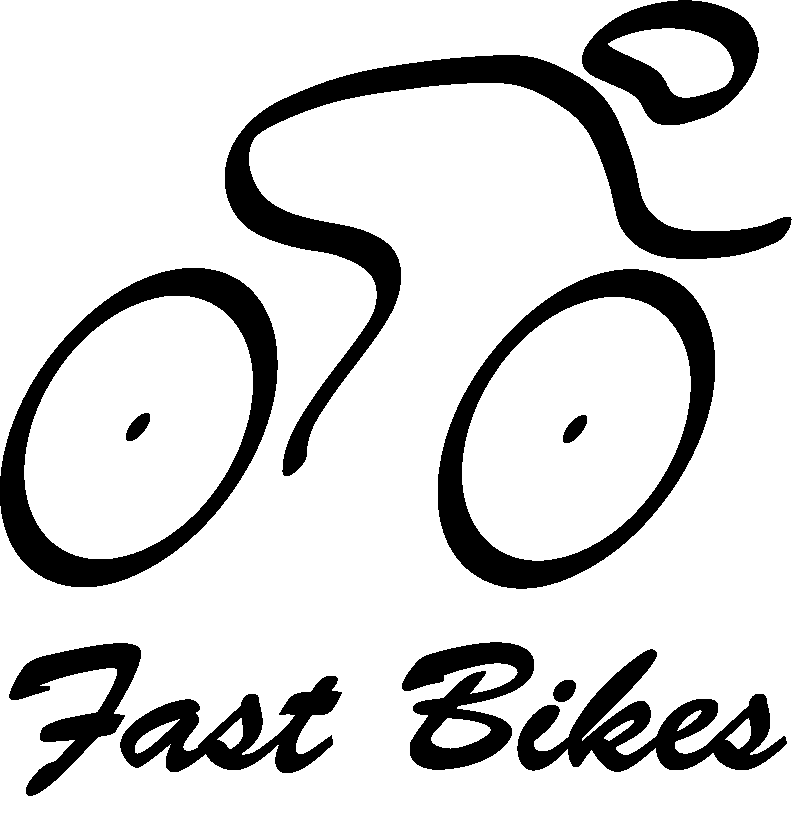
No Compromise
No Excuses
No Limits


|
No Compromise |
 |
Speed vs. Power To go faster, you need to produce more power, right? Yes, but power and speed are not linearly related, so 1% more power will not get you 1% more speed. It will always be less - life's a bitch. If wind resistance accounted for all the power required to move at a certain speed, then the power would be proportional to the cube of the speed. e.g. to double the speed would require eight-times the power. Looking at smaller differences, a 1% increase in speed would require approximately 3% increase in power. Things are not quite that bad, however, because the mechanical and rolling resistance parts of the power requirement only increase linearly with speed. The nett result is a power increase of about 2.8% for each 1% increase in speed. The chart below shows power vs speed for a typical rider and demonstrates how quickly the power requirement can rise as you get to higher speeds.
If we look more closely at the 25 - 30 mph region and the area marked by the black box above, we can see that over a smaller range, the power vs speed curve looks much more like a straight line. The difference in going from 25 to 26 mph (+4% speed) requires 25W more power (+11.2%, or 2.8 x 4%).
Put another way, if you can make an extra 1% power (due to hard training) how much faster will you go? The answer is 1/2.8 = 0.36%. Based on a '25' time of 55 minutes, this would be 0.0036 x 3300 = 12 seconds. You can make some better estimates of how power and performance are related by putting all the known variables into a spreadsheet like this one.
|
© 2015 RAL Technology |